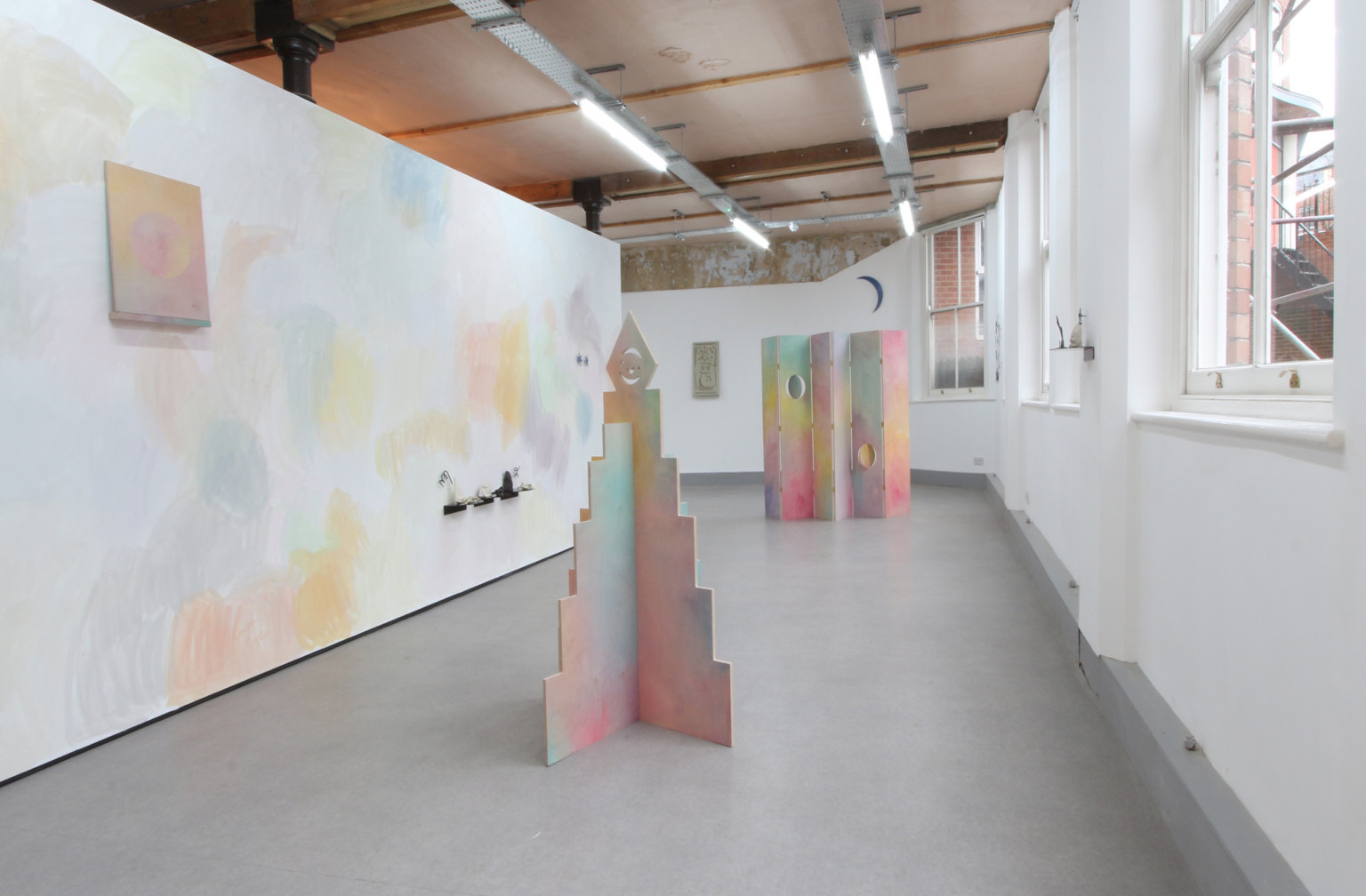Degree shows: “It’s about people finding their voice”
Artists and fine art lecturers from Birmingham School of Art, Cardiff School of Art, Oxford Brookes University and University of Central Lancashire in Preston share their views on the return of degree shows.
Stephen Cornford, Senior Lecturer in Fine Art, Oxford Brookes University
“Installing the students’ artwork in the gallery and studios is always the most rewarding and fulfilling aspect of my job. It has been a long time since we have been able to give their work the attention it deserves and it will be a great pleasure to see their projects come to fruition.
“The degree show is always a remarkable week for fine art students. There can be a feeling in all universities that the work exists in an institutional bubble; the degree show is often the proof that the work they have spent so long developing really does communicate and engage with a broader public. For this group more than any other this is the case as, having entered lockdown before the end of their first year at university, their work has never been exhibited publicly.
“There will be a website that the students are developing, but the emphasis is very much on the physical exhibition and the shared space of the gallery as the arena in which the discourse around their ideas and practices takes place.”
Rebecca Court, Course Leader, BA Fine Art, Birmingham School of Art
“Emerging from a difficult two years, the opportunity to celebrate individual achievements and share work with audiences is more vital than ever. Physical proximity allows students to engage with each other, space, architecture and audiences. The degree show is a critical step in an artist’s development; it’s an important marker, a platform, and a launch pad.
“We have placed a focus on ‘making public’ in the teaching and learning of the course this year. As a result of this the students have had five exhibitions – two open studio work-in-progress shows, an exhibition of their practice as research outcomes in the School of Art gallery, and two off-site exhibitions – in building up to the degree show. This has allowed them to test the realisation of ideas and their success in communicating to audiences, as well as experiment with display and curatorial strategies as a group. I am looking forward to seeing their ideas come to fruition and them having a platform from which to speak to an audience.”
Sean Edwards, Programme Director, BA Fine Art, Cardiff School of Art
“There’s definitely anticipation among the students. In normal times our first years assist the third years in making their exhibition, but when these students were in their first year lockdown happened, so they have never been able to do that. That’s exciting, because it offers new potential – they’re not thinking about whether it looks like something they’ve seen in the past.
“They’re also thinking quite collectively, looking at it as a group show and how the works sit together. Often in degree shows there’s that mentality of, ‘I need a room, I need the perfect conditions for my work’, but I would say there’s a collective conversation about how the show is going to be installed. They’re still making their own works, but curatorially they’re thinking about it together.
“Not having the degree show for two years has highlighted that seeing art is a shared experience; an experience that is invested in the world, invested in our bodily presence. With the degree show, it’s also about people finding their voice. That’s always a wonderful moment – everyone is getting their space and that’s the wonder of degree shows.”
Victoria Lucas, Senior Fine Art Lecturer, University of Central Lancashire, Preston
“It has been such a difficult couple of years for staff and students, and it will be lovely to be able to celebrate our accomplishments together as a community once again. There are the usual feelings of excitement and nervousness across the student cohort, but also a clear sense of joy in knowing that they won’t have to submit their work digitally this year. It is wonderful to see students working hard in the studios and thinking about their work in the context of an exhibition and not a digital PDF.
“The degree show provides students with the means in which to exhibit what they make, professionalising practice and preparing them for the next steps in their career as creatives. Students learn how to resolve ideas, how to finish their works to a professional standard, how to install their work effectively in a physical gallery space, and how to discuss and promote their work to an audience.
“This in-person show will also be complemented by an online degree show, which during lockdown we found to be really useful in terms of reaching new audiences and providing better access for those who are unable to attend in person.”
Image: Donette Victor, Untitled (detail), 2021, acrylic paint and charcoal on canvas
For the full article, with observations on themes in students’ work, materials and process, and the impact of the pandemic, read the a-n Degree Shows Guide 2022:
https://issuu.com/anartistsinfo/docs/a-n_degree_shows_guide_2022





